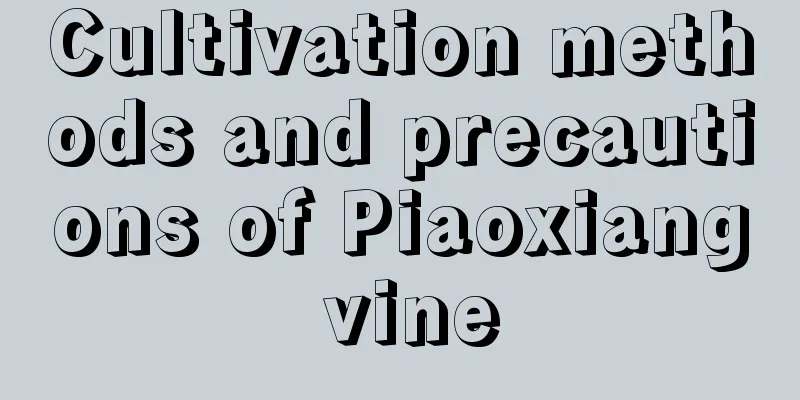The difference between Gloxinia and Hibiscus

1. Morphological differences1 OverallFirst of all, there is a certain difference in plant height between the two. Generally speaking, the height of the Gloxinia plant is only a dozen to several dozen centimeters, while the hibiscus can grow up to five meters, and the shorter ones can be two or three meters. Gloxinia is an herbaceous plant, while hibiscus is a deciduous shrub and small tree. 2. DetailsBoth of them have fluff on their bodies, but if you look closely, it is not difficult to find that the difference between the two is very obvious. The fluff of Gloxinia is all over the branches, and it is white. On the hibiscus, only a few parts have hair, such as small branches and petioles, which generally appear as star-shaped hairs or straight hairs. 3. FlowersThe colors of the flowers are also different. The common varieties of Gloxinia flowers are pink, red, purple-blue, white and complex colors. They are large, colorful and beautiful. The hibiscus flowers are white or light pink when they first bloom, and then turn into dark red, which is relatively easy to distinguish. 2. Differences in growth habitsGloxinia is afraid of both low temperatures and high temperatures. If the temperature is too low in winter, especially when the temperature drops to five degrees Celsius, it will stop growing and go into dormancy. If the temperature is too high in the summer, reaching above 30 degrees Celsius, it will enter a dormant state. Hibiscus, on the other hand, has lower climate requirements, and as a plant grown in the courtyard, it is not afraid of light. It blooms in late autumn. Although the frost is heavy and the temperature is low, it remains unyielding. Therefore, ancient poets gave it a beautiful name, called "frost-resistant flower", to praise its frost-resistant character. 3. Value DifferenceThe leaves of Gloxinia are emerald green, the flowers are bright and the flowering period is long. It is very suitable as a decoration and can be placed indoors or in warm windowsills to beautify the home environment. In addition to being grown as an ornamental garden plant, hibiscus also has great medicinal value. Its roots, flowers, and leaves are all medicinal materials that can clear the lungs, cool the blood, dissipate heat, and have a detoxifying effect. In addition, the bark of the hibiscus tree was also a very good fiber in the past. People used it to make ropes and even to weave cloth. |
<<: Cultivation methods and precautions of yellow crane orchid
Recommend
If you forget to do this in spring, it’s no wonder your flowers don’t bloom.
Why should we change the pot and soil? Spring is ...
How to protect outdoor flowers from cold
Protecting ground flowers from the cold: Covering...
How to grow worry-free flowers
How to grow worry-free flowers Light temperature ...
These large green plants with great meanings must have a pot at home
Ficus microcarpa Fiddle-leaf fig is Huahua's ...
How to grow millet star and precautions How to grow millet star
Millet star is very suitable for novice friends t...
Are the green radish and asparagus fern always turning yellow? 1 trick to make it green!
What should I do if the green radish turns yellow...
How to grow sweet potatoes with high yield cultivation technology
Sweet potato is an important economic crop and fo...
The main value of agarwood trees
Medicinal value Medicinal agarwood is made when t...
Winter care of succulent plants Oplina
Morphological characteristics and growth habits o...
Evening primrose pests and diseases and their control methods
Diseases and prevention methods of evening primro...
How to prepare the soil for the fortune tree
1. Requirements for soil (1) First of all, the ai...
What kind of fertilizer is good for wolfberry base fertilizer (base fertilizer application method)
The role of wolfberry base fertilizer The growth ...
What soil is suitable for growing sweet potatoes?
Introduction to Sweet Potato Sweet potato, also k...
How to plant flying saucer melon
Ecological habits The flying saucer melon has par...
How long is the growth cycle of Scutellaria baicalensis?
Introduction to the growth of Scutellaria baicale...









